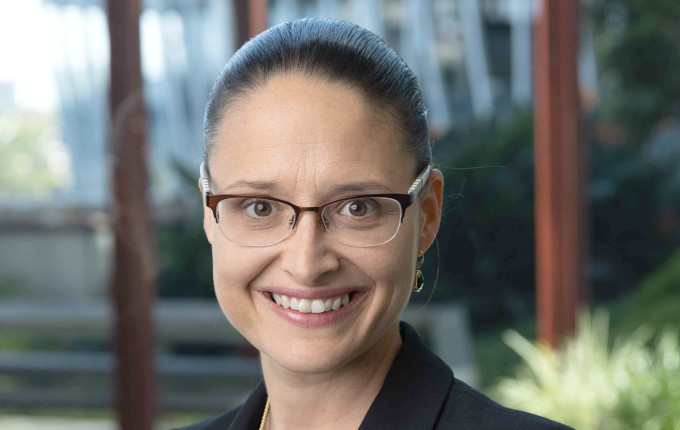In a recent report, Morningstar analysed the internalisation efforts of both AustralianSuper and UniSuper and found there is no one-size-fits-all approach to bringing assets in-house.
As super funds grow larger, their organisations become more complex, especially when funds decide to internalise part of their asset management activities. To ensure this doesn’t come at the expense of members’ net returns, funds need to carefully manage their operational processes and oversight functions.
But this doesn’t mean there is a set template for internalisation, according to ratings agency Morningstar.
In a supplement to the recent quarterly Morningstar Superannuation Survey, Annika Bradley, Director of Manager Research Ratings for Asia-Pacific at Morningstar, said there is no one-size-fits-all model to success.
“Managing large pools of capital can be approached in different ways – and no one way is more right or effective than the other,” Bradley wrote in the report.
“What is clear is that these funds are now large, complex investment businesses and it’s worth taking a look under the hood before making an investment decision.”
In the supplement, she illustrated her point by comparing two super funds that have taken very different approaches to internalisation: AustralianSuper and UniSuper.
Whereas UniSuper has taken a more slow and steady approach towards gathering internal assets and resources, AustralianSuper has been building an impressive army of investment professionals since it took the decision to bring assets in-house.
AustralianSuper also tends to hold a higher percentage of unlisted assets internally, compared to UniSuper, which can be more complex and require more staff to manage.
In an interview with [i3] Insights, Bradley emphasised different asset classes come with varying levels of complexity and these need to be managed carefully to ensure net returns stack up.
“The key point with internalisation is that members eat net returns,” she told [i3] Insights.
“So if you think about something like private equity, then there is not only the quite high opportunity cost of making sure that what you’re doing internally is comparable or commensurate with what you could achieve externally, but then also you’ve got the operational risk associated with a complex asset class like that.

The key point with internalisation is that members eat net returns. So if you think about something like private equity, then there is not only the quite high opportunity cost of making sure that what you're doing internally is comparable or commensurate with what you could achieve externally, but then also you've got the operational risk associated with a complex asset class like that
“And when it comes to origination, deal flow, structuring deals and putting them in the optimal tax structures, then that requires an army of lawyers and operational professionals. It goes beyond internalising your Australian equities sleeve, and although I wouldn’t want to downplay the risk of that completely, I think there are different risks at play here.”
Increased scale can also result in opportunity costs, she said, especially in asset classes and markets that are capacity constrained.
“Scale has benefits, but similarly they’re going to outgrow managers and markets. If you think about accessing Mexico, for example, at $500 billion you can’t really move in and out of Mexico,” she said.
“So I do think that there’s an element of evolution as scale becomes constraining as much as it provides opportunity. If you look at alpha from Australian small caps, then at $500 billion does that become a rounding error?”
Yet, despite the different approach to internalisation, Morningstar concluded both funds have performed well. One of the key drivers of internalising investment management is to keep fees and costs low and both funds have managed investment-related fees and costs well, the report said.
“Have these internal investment teams delivered for members compared with an outsourced model? That’s a very difficult question to definitively answer, but both UniSuper and AustralianSuper’s Balanced Options have posted very strong long-term returns relative to both the Morningstar Australia Growth Target Allocation NR AUD Index (a tough hurdle!) and their category peers,” Bradley wrote.
“It is pleasing to see that the internalisation programs at both funds have delivered solid outcomes for their members.”
Morningstar has been gradually expanding its research coverage to include industry super funds and in 2023 added UniSuper to its multi-asset options coverage.
__________
[i3] Insights is the official educational bulletin of the Investment Innovation Institute [i3]. It covers major trends and innovations in institutional investing, providing independent and thought-provoking content about pension funds, insurance companies and sovereign wealth funds across the globe.

